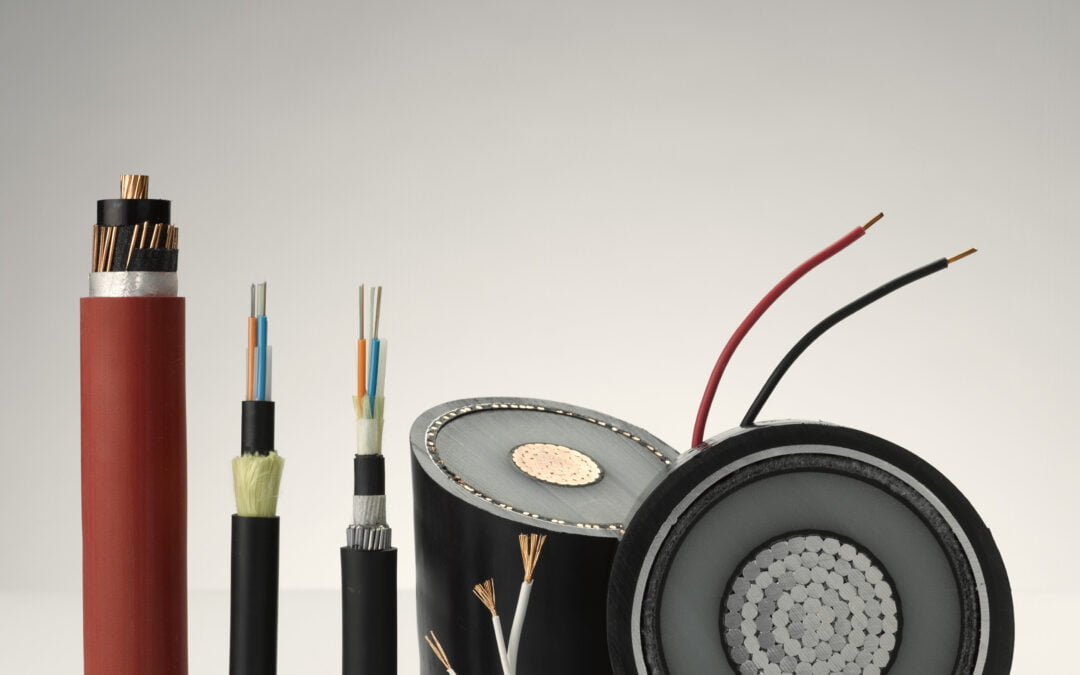
by pinfa-editor | 2 Dec, 2019
New Zealand researchers are developing a process to extract keratin from waste poultry feathers and produce a PIN flame retardant. Some 40 million tonnes (1) of chicken feathers are generated worldwide, considered as a waste. The researchers chemically modify the...

by pinfa-editor | 2 Dec, 2019
The European Environment Agency (EEA) has published two Briefings on “Resource Efficiency and Waste”, one of which specifically targets plastics recycling. The Agency indicates that of 30 million t/y plastic waste generated in Europe, only 17% is collected for reuse...

by pinfa-editor | 14 Jan, 2020
Gerd Allermann, AMI, opened this 14th Fire Resistance in Plastics, noting that the conference has again brought together over 160 delegates from across the world. He identified four key themes for the conference: Technological innovation opens new needs for fire...

by pinfa-editor | 28 Aug, 2024
Review paper says PIN flame retardants can combine polymer fire safety, performance and sustainability. Based on over 100 references, this review presents advances in PIN FRs and their integration into innovative composite materials, in particular in electronics,...

by pinfa-editor | 11 Jun, 2020
Borealis and Borouge new halogen-free flame retardant cable jacketing makes it possible to achieve high CPR fire rating including “d0” – no flaming droplets. The new formulation offers good mechanical properties, enables high speed cable production and can achieve CPR...






